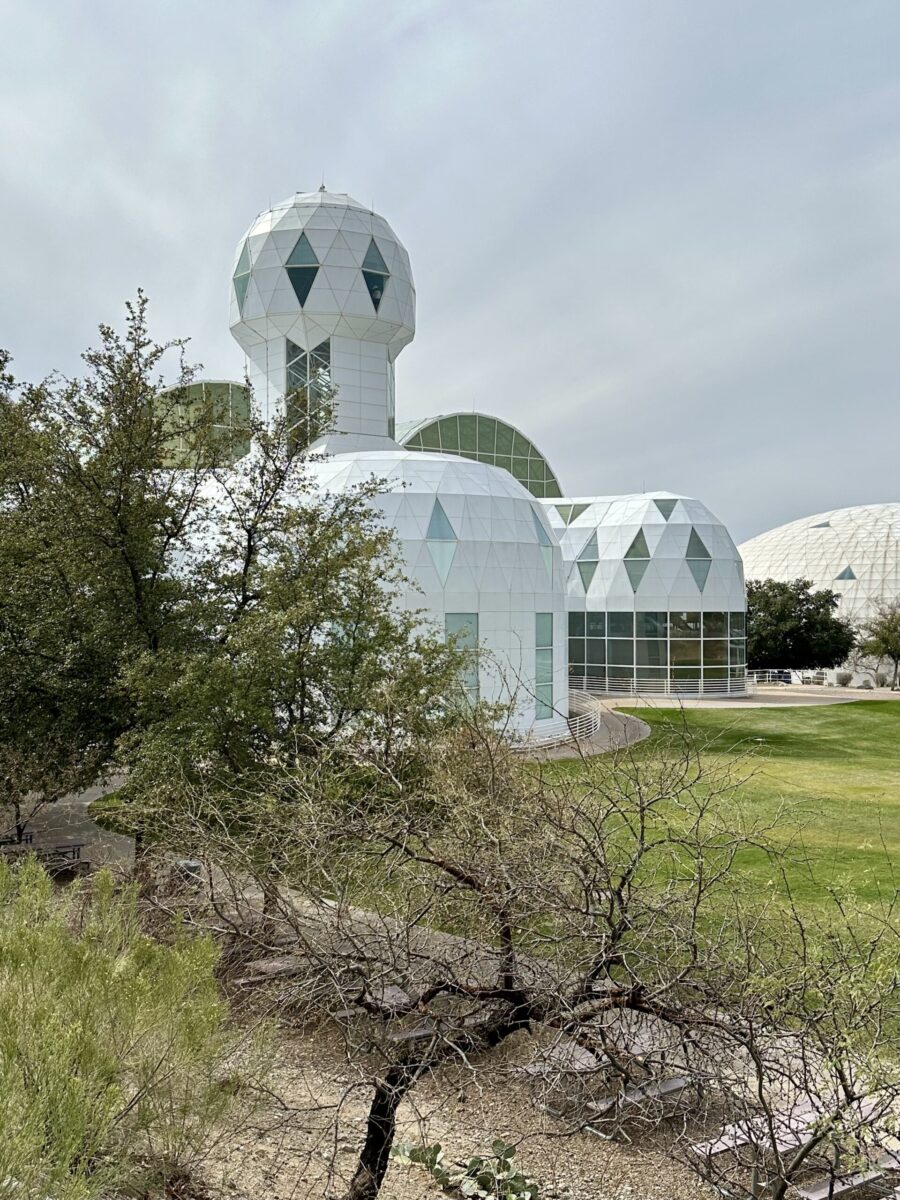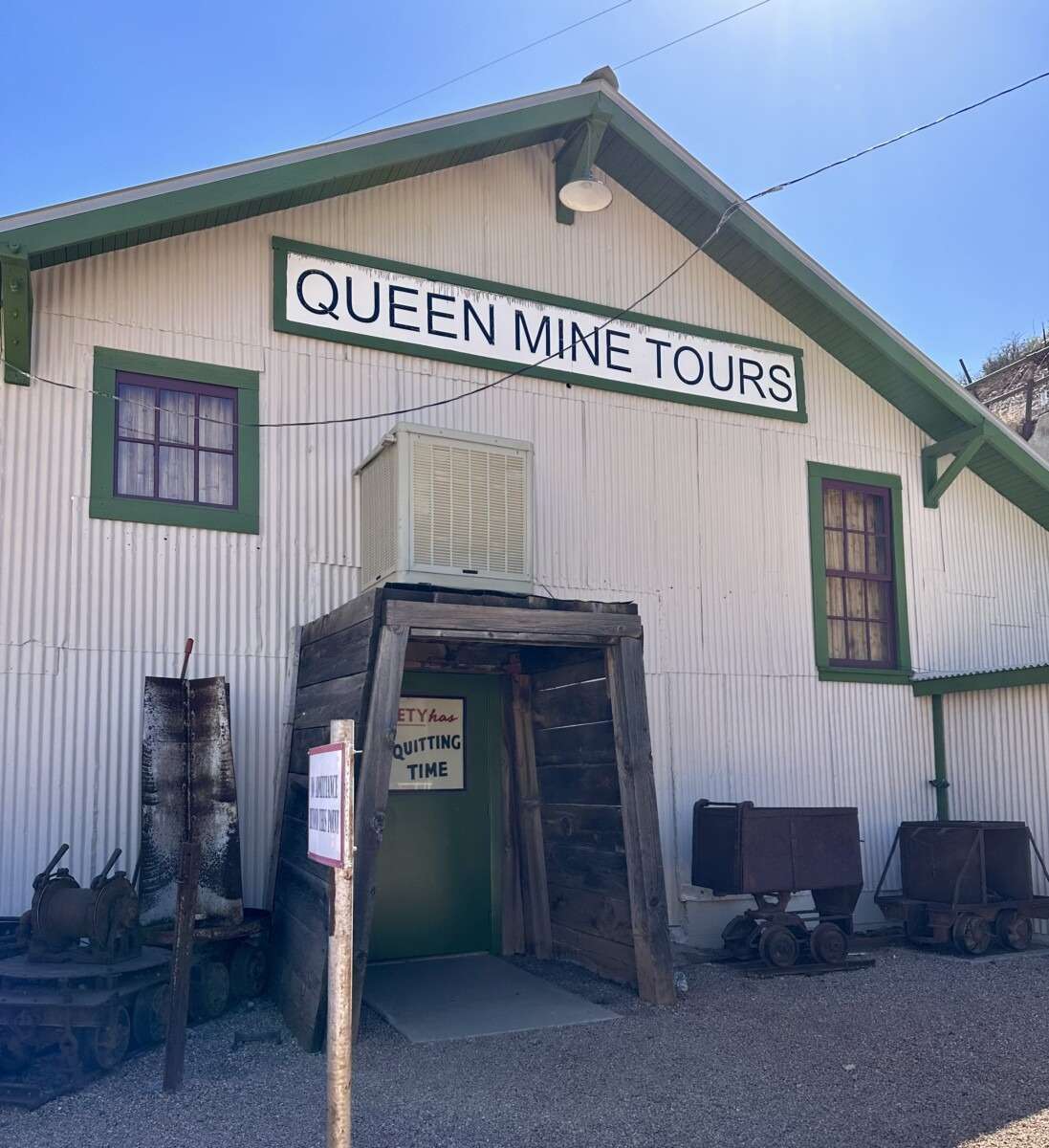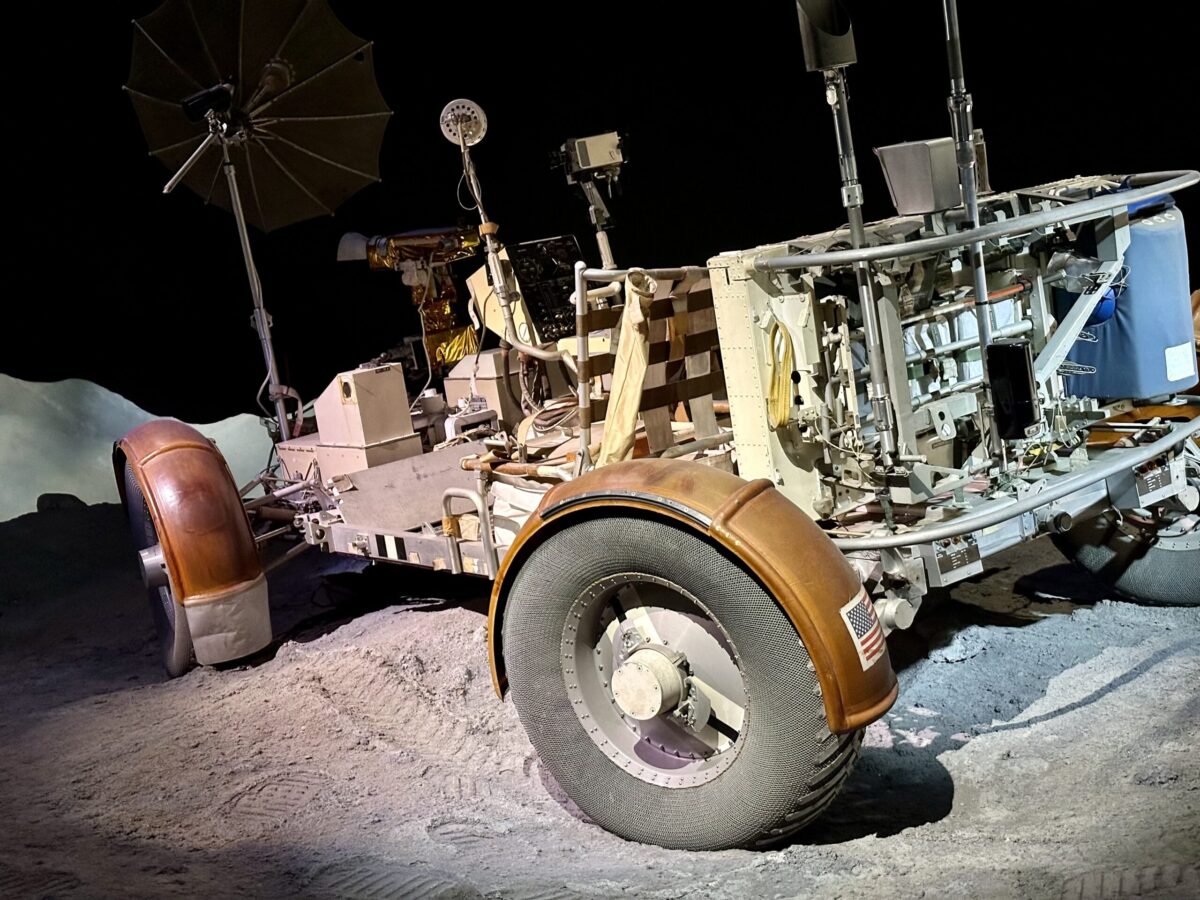On our second full day visiting the Big Island, we set out for a road trip along the north side heading to Hawai’i Volcanoes National Park. We drove along the coast and found it was a very different climate here from our road trip along the Kona coast the day before. Much wetter and more tropical than Kona’s rugged volcanic coastline. We again used the app Shaka Guide for a self-guided tour.

“After the sugar cane plantations closed down in the 1990’s, there were tens of thousands of acres of empty land, and no one was sure what to do with it. Large landowners decided to plant fast-growing Eucalyptus Tress on 30,000 acres in this area…For two decades now the trees in this area have been harvested and shipped to China.” – Shaka Guide








Based on the recommendation from the audio tour we were listening to, we stopped to see the iconic three-tier Umauma Falls. They did not disappoint.





After spending far longer than expected staring at this beautiful scenery, and wondering how we got lucky enough to be here, we headed on to Hilo for some lunch.


It was raining by the time we reached the park but we were prepared.

“The park encompasses two active volcanoes: Kīlauea, one of the world’s most active volcanoes, and Mauna Loa, the world’s most massive shield volcano.” – Wikipedia

The Kilauea Iki overlook give a “remarkable view of the crater that once blew out a 900 ft (or 600 meters) high lava fountain, and which held the lava lake.” – Shaka Guide

The Park Rangers told us that there is no no molten lava visible anywhere on the island of Hawai’i. However, there were areas where you could see steam rising from the vents along the Chain of Craters Road. We were also provided this warning: “High amounts of sulfur dioxide gas may be present in areas of the park. The gases are a danger to everyone…” – National Park Service

“On May 11, 2018, the park was closed to the public in the Kīlauea volcano summit area, including the visitor center and park headquarters, due to explosions and toxic ash clouds from Halemaʻumaʻu, as well as earthquakes and road damage. Portions of the park, including the visitor center, reopened to the public on September 22, 2018. As of 2020, most of the park is open; however, some road segments and trails as well as the Jaggar Museum of the Hawaiian Volcano Observatory remain closed to visitors.” – Wikipedia

“From here on the landscape changes from massive volcanic craters to miles and miles lava fields. The field was created by the Mauna Ulu eruption in 1969…The first rugged pioneers to inhabit this lava will be algae and ferns. As the cinder starts to become more porous, the Ohia lehua trees will start to take root. Small at first, but their powerful roots will eventually break up the rocks, allowing other plants to grow and thrive. Lichens and mosses will then move in. Eventually, this currently barren lava field will give way to a rich volcanic soil that will support a young tropical rain forest.” – Shaka Guide




On the way back towards our hotel we took a detour and drove up to the visitor center at the Mauna Loa Weather Observatory. This is still part of Hawai’i Volcanoes National Park.

“Mauna Loa Observatory (MLO) is a premier atmospheric research facility that has been continuously monitoring and collecting data related to atmospheric change since the 1950’s. The undisturbed air, remote location, and minimal influences of vegetation and human activity at MLO are ideal for monitoring constituents in the atmosphere that can cause climate change. The observatory is part of the National Oceanic and Atmospheric Administration (NOAA)” – NOAA

There was very little to see or do inside the visitor center. They have a diorama of the observatories on the mountain. Tours are available by appointment only. We didn’t realize this and had not made an appointment so we just checked out the area before heading back down the mountain.





At the base of the road heading up to the observatory sat a tent city. “Demonstrators opposed to the building of a telescope on Mauna Kea, the state’s highest peak, have forged a community.”
“The protest stems from controversy over the fate of Mauna Kea, the tallest peak in Hawaii and the proposed site of an enormous observatory known as the Thirty Meter Telescope (TMT). The summit, 13,796ft above sea level, is said to be an ideal location to look into deep space. TMT is expected to capture images ‘that look back to the beginning of the universe. Protesters, who call themselves kia‘i, or “protectors”, argue the construction will further desecrate Mauna Kea, which is already home to about a dozen telescopes.” – The Guardian

“The protest site sits at an elevation of 6,632ft, where the cold wind whips across hardened lava fields. But amid this inhospitable environment, weeks of demonstration have given rise to a sense of permanence.” – The Guardian

We headed back to our hotel for another beautiful sunset.

The next day we boarded a flight back to Honolulu.



We spent our last night on Oahu since our flight back to Las Vegas left early in the morning. We’ve been here before but still never get tired of this view.


It’s been a good trip! Until our next adventure…Thanks for traveling with JJ.





Love the photos Jeri and Joel- and I couldnt believe the snow picture …on Hawaii!
I know, right! Who knew there would be snow in Paradise.